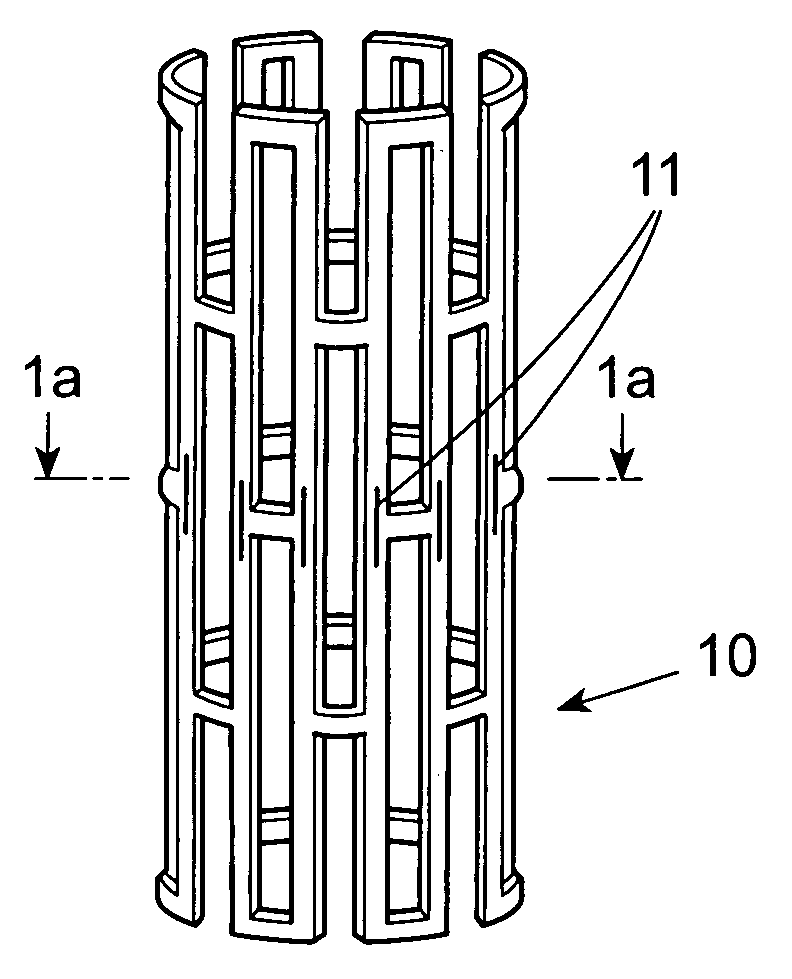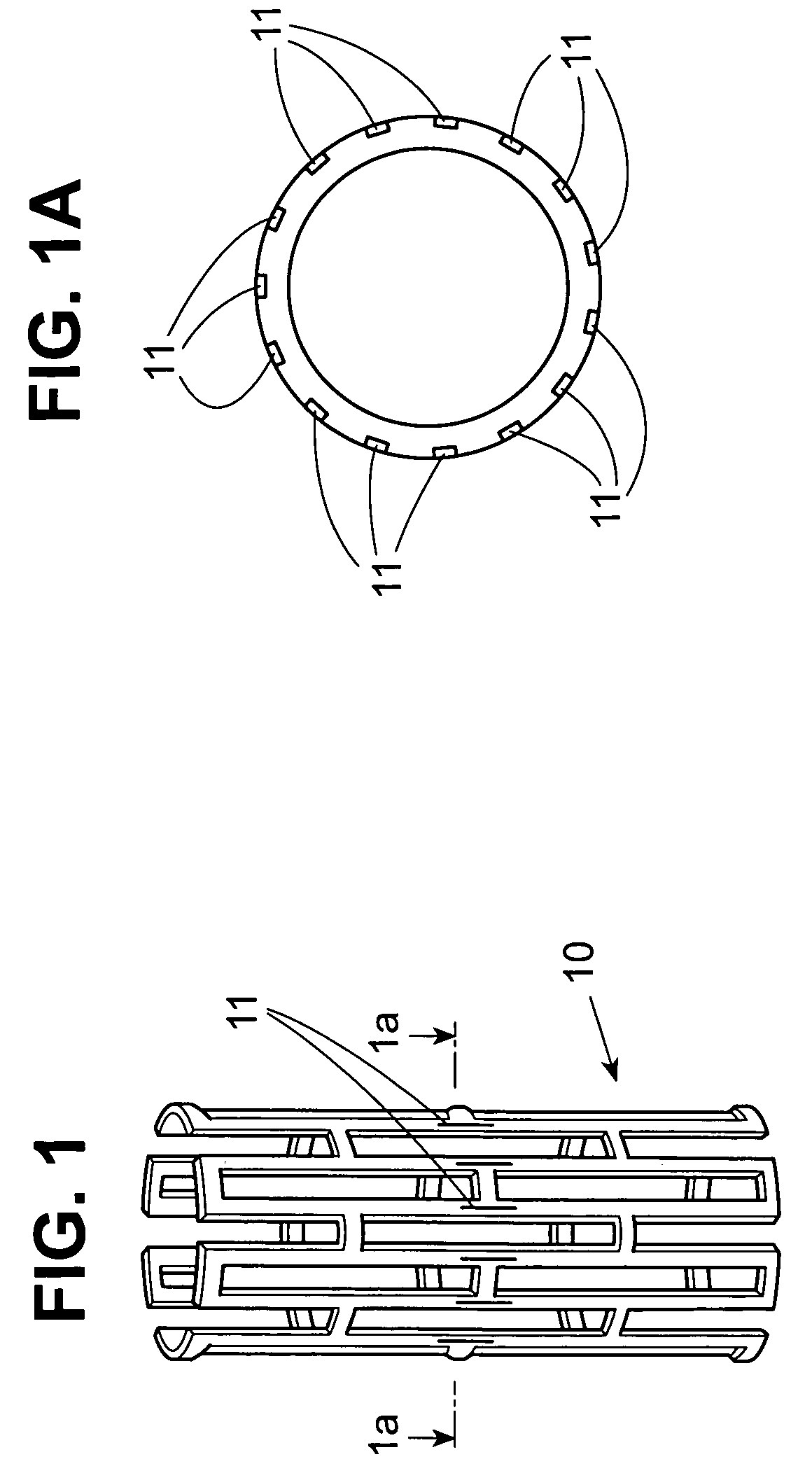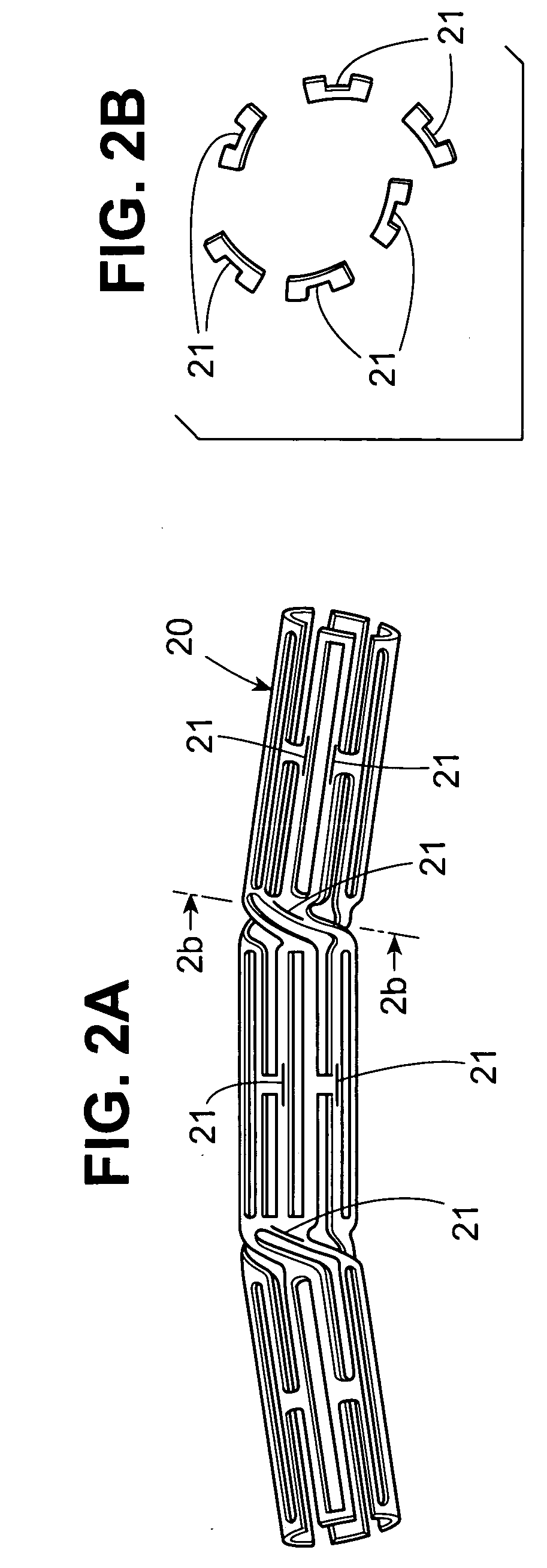Stent with therapeutically active drug coated thereon
- Summary
- Abstract
- Description
- Claims
- Application Information
AI Technical Summary
Benefits of technology
Problems solved by technology
Method used
Image
Examples
Embodiment Construction
[0037] The following reaction Schemes illustrate the preparation of the compounds of the present invention. Unless otherwise indicated R2, R3, R4 and R5 in the reaction Schemes and the discussion that follow are defined as above.
[0038] In reaction 1 of Preparation A, the 4-chloropyrrolo[2,3-d]pyrimidine compound of formula XXI, wherein R is hydrogen or a protecting group such as benzenesulfonyl or benzyl, is converted to the 4-chloro-5-halopyrrolo[2,3-d]pyrimidine compound of formula XX, wherein Y is chloro, bromo or iodo, by reacting XXI with N-chlorosuccinimide, N-bromosuccinimide or N-iodosuccinimide. The reaction mixture is heated to reflux, in chloroform, for a time period between about 1 hour to about 3 hours, preferably about 1 hour. Alternatively, in reaction 1 of Preparation A, the 4-chloropyrrolo[2,3-d]pyrimidine of formula XXI, wherein R is hydrogen, is converted to the corresponding 4-chloro-5-nitropyrrolo[2,3-d]pyrimidine of formula XX, wherein Y is nitro, by reacting...
PUM
| Property | Measurement | Unit |
|---|---|---|
| Fraction | aaaaa | aaaaa |
| Fraction | aaaaa | aaaaa |
| Perimeter | aaaaa | aaaaa |
Abstract
Description
Claims
Application Information
 Login to View More
Login to View More - R&D
- Intellectual Property
- Life Sciences
- Materials
- Tech Scout
- Unparalleled Data Quality
- Higher Quality Content
- 60% Fewer Hallucinations
Browse by: Latest US Patents, China's latest patents, Technical Efficacy Thesaurus, Application Domain, Technology Topic, Popular Technical Reports.
© 2025 PatSnap. All rights reserved.Legal|Privacy policy|Modern Slavery Act Transparency Statement|Sitemap|About US| Contact US: help@patsnap.com



